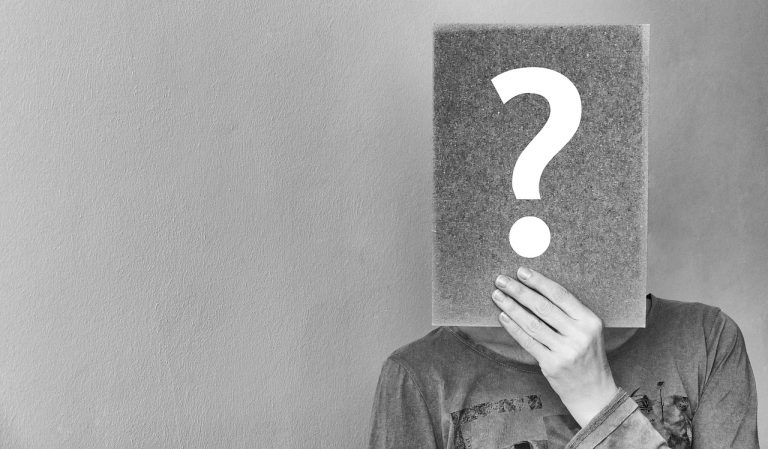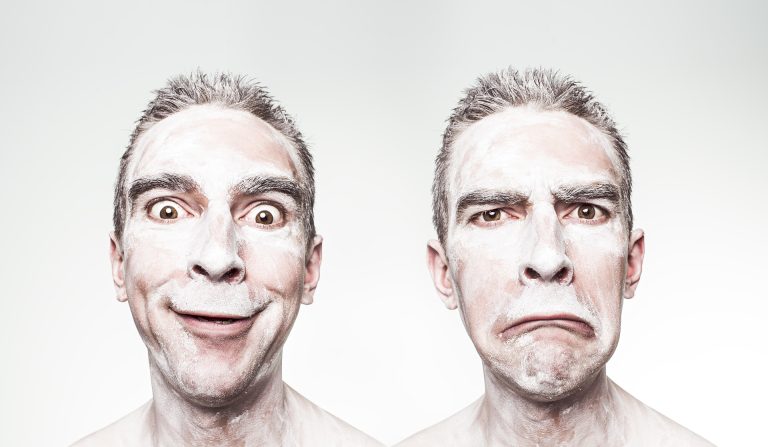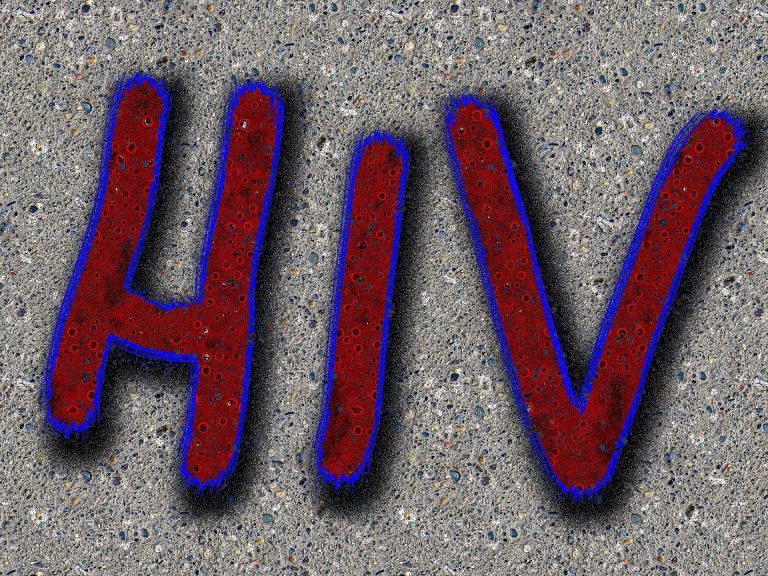It’s estimated that there are over 46 million people living with Bipolar, on average 3% of the developed world are living with this manageable disorder. The tragic thing though is that many, if not most, of those that are said to have Bipolar spend years with no diagnosis or worse are misdiagnosed and living under the illusion that they’re getting help.
31% of bipolar sufferers worldwide are incorrectly diagnosed with ‘depression’ and are prescribed the usual regimen of SSRIs etc or misdiagnosed entirely. A diabolical 49% were either unrecognised or went undiagnosed entirely up until the point of a BP diagnosis.
46 million people worldwide are said to be bipolar, 22,54 million of those have not been diagnosed at all and roughly 14,6 million have been misdiagnosed. A staggering 15% (some evidence suggests up to 30%) of individuals with bipolar disorder will commit suicide.
[Maths isn’t a something I’m known to excel at with manic grandiosity. Leave a comment if the numbers don’t add up]
6,9 million people with bipolar will end their lives this year
I’d say that’s 6,9 million reasons to improve how we screen and diagnose bipolar disorder as early as possible. My initial reaction to these figures and the lack of urgency for the medical profession to find better ways of diagnosing bipolar is one of rage.
I was probably hypo-manic at the time… but when I came to and thought about the numbers logically they kinda made sense: BP is a bitch to diagnose for a host of reasons.
A viscous cycle
- The very nature of how BP presents itself is problematic. On the one hand a patient may turn up at their GP and complain bitterly of lethargy, a lack of appetite, disinterest in once interesting past times and, if the patient is honest, having thoughts of suicide. It wouldn’t be a stretch for the GP to consider the patient is suffering Major Depressive Disorder (MDD) at the most serious along the depressive spectrum. A first line SSRI (for example) is prescribed and the patient goes on their way. Hey ho!
- The SSRI works wonders for a while: a depressed patient seems upbeat and excited again about their life pursuits and hobbies and ho hum all is good. A bipolar patient will soon be back to their old self for a while until all that serotonin breaches the levee and triggers a manic or hypo-manic episode.
- On the other end of the spectrum a patient presents with agitation, irritability, difficulty focusing on one task, aggression with peers and inconsistent grades and performance at work. So, the physician whips out the prescription pad and bangs out 3 months of Ritalin or Concerta (or Adderall if you’re in the US) for ADHD. For while these seem to be working too! Wonderful right? Yes, until the patient slumps into isolation, buried and obsessed in their work avoiding responsibility and is soon severely depressed and lonely.
- The cycle repeats, back on SSRIs then back on Ritain, and so on and so forth.
Now considering the average time to find the correct BP diagnosis from initial presentation is roughly 10 years; one’s GP cannot be faulted for missing the connections over such a vast period (interspersed with flu, coughs and other more common ailments).
Comprehensive research from Australia reckons that a correct diagnosis is usually only made after three of four visits with physicians that misdiagnose them. So, it would take a particularly studious GP to follow the history, connect the dots and see patterns of a bipolar presentation.
[This was essentially my experience before finally landing on a diagnosis that has literally changed my life – that story for another day]
Application of diagnostic tools happens too late
A significant shortcoming of diagnostic tools like the DSM and ICD-10 is that both rely, in part, to applying these tools only after the patient presets with (undeniable) features of BP.
[DSM and ICD-10 diagnostic tools I’ll cover elsewhere]
Most BP patients would present with, shall we say, “mild” symptoms of BP that a physician might think a patient is just experiencing run-of-the-mill ups and downs of life or is perhaps a just a quirky person and fails to definitively meet the diagnostic indicators for a BP diagnosis.
Result? Urbanol for a few weeks to ‘take off the edge’.
Stigma, ignorance and judgement
Very often a BP sufferer will turn to self-medication in the absence of an accurate BP diagnosis. On the one hand the pressures of work and the machine of life leaves a manic BP desperate to sleep and, informed by legend, numbs the elation of mania with alcohol.
Being on an antidepressant the mania is (usually) overcome after copious amounts of booze but soon replaced with a depression so severe it may last days, even weeks and often leads to self-harm.
(Older) physicians are quick to dish out sarcastic quips about “over doing it on a Friday” and sending you on your way with a box of Myprodol for the babalaas. Maybe a liver supplement. A packet of Game. Comorbidity of BP with substance abuse, including alcoholism (yes, it’s an actual diagnosis), is a huge red-herring.
Family history
Countless studies have correlated family history with mental illness (some specifically definitive about the connection with BP) as a history of mental illness elevates a patient’s propensity to exhibit BP symptoms and ultimately a BP diagnosis.
Few primary physicians, in my experience, take the time to build a comprehensive family history. They may ask some standard questions, usually as a method or creating rapport, like, “any history of heart problems?”. Seldom, if at all, will a GP inquire about a history of mental illness (or the patient’s subjective opinion of mental illness) in the family.
Furthermore, a bias exists in reporting a history of depression in the family – due in part to medical science’s predisposition to research and find solutions to depression rather than bipolar eleation because of it’s seemingly higher fatality rates.
Histrionics
Patients who may be histrionic, have issues of secondary gain, or manifest abnormal illness behavior influence the believability of legitimate BP patients. In such situations, there is a risk of over-diagnosing bipolar disorder.
Equally, many patients deny or minimize symptoms that are evident to third parties – who rarely attend initial consultations with specialists. As a result of the global and universal nature of their stigma of mental ilnesses generally, patients suffering from BP may minimize or deny ever experiencing times when their mood was elevated.
Patient’s inability to identify mania
As mentioned elsewhere, mania can be a terrifically pleasurable experience marked with elation, increased productivity and a self-confidence. Why then would a patient complain of being happy, productive and self-assured?
Well, most patients don’t. Your doctor and isn’t clairvoyant. Tell the whole story.
One of the most beneficial things you can do to get an accurate diagnosis is to use up all the time allocated to your appointment and detail as much as possible about your symptoms even if you think they’re obscure.
The bipolar spectrum confuses everyone
There is no such thing as “classic bipolar” – every patient presents with different symptoms that result in a spectrum or classification of the type of bipolar. From the indicators of Type I to the grey areas of Type II and the complexities of rapid cycling and worse still the bipoar-lite variant of cyclomythia.
This is a problem because the treatment options vary widely. A (very superficial) goal of treatment is not to suppress entirely the symptoms of bipolar but rather to regulate them such that the patient is capable of being a productive member of society.
Everyone has their up’s and downs and that’s what treatment aims to achieve. No one want’s to treat too heavily for mania such that the patient appears zombie like nor would you want to be prescribed smarties (very expensive ones at that) when you’ve already written a suicide note.
The result of this broad spectrum is that primary physicians are ill equip to make a call and ultimately fob the patient off with a mild anti-anxiety medication with the hope that works for long enough to appease a patient that ‘something has been done’.
Poorly timed appointments with a specialist
This is very common – not so much in private health care but is hugely problematic in public health institutions and in countries with a national health scheme such as the NHS or the US’s MedicAid ‘approved providers’.
When you have a flu it’s pointless if you see a doctor in three months. By then you’ve either contracted full blown bronchitis or worse are propped up in the EC being pumped with medication can cortisone.
The same concept applies for a bipolar patient.
If the patient realizes that something is clearly not right and that immediate care is required it’s no help if the earliest appointment is in four months time. So, from making an appointment while wrapped in a blanket in the bath, a patient is unlikely to present all the facts of four months later and even less able to express the severity of their symptoms as they were at the time.
So, what can be done?
Honestly, I don’t have the answer for that. Certainly extensive mental illness sensitivity and education would be helpful. More consistent use of uniform diagnostic tools for identifying bipolar at any hint of mental predispositions or presentations. I’m keen to do more research in this regard so watch this space.
* A sissy, in this context means someone that's faint hearted.





Thanks for this. Very informative. I find bipolar 2 with mixed episodes to be quite debilitating- the anxiety overwhelming. There is such a spectrum, I agree. A doctor says you have bipolar 2 – unspecified and you’re like. Umm ok thanks. So what does that mean. It’s all just so confusing and psychiatry as a whole feels like it is at least a good 25 years behind the rest of the medical world. People are still taking medication that was made 50 or 60 years ago – there seems to be such slow movement in This area with little understanding. The Research I do leaves me feeling tired and even more frustrated at the psychiatric field.